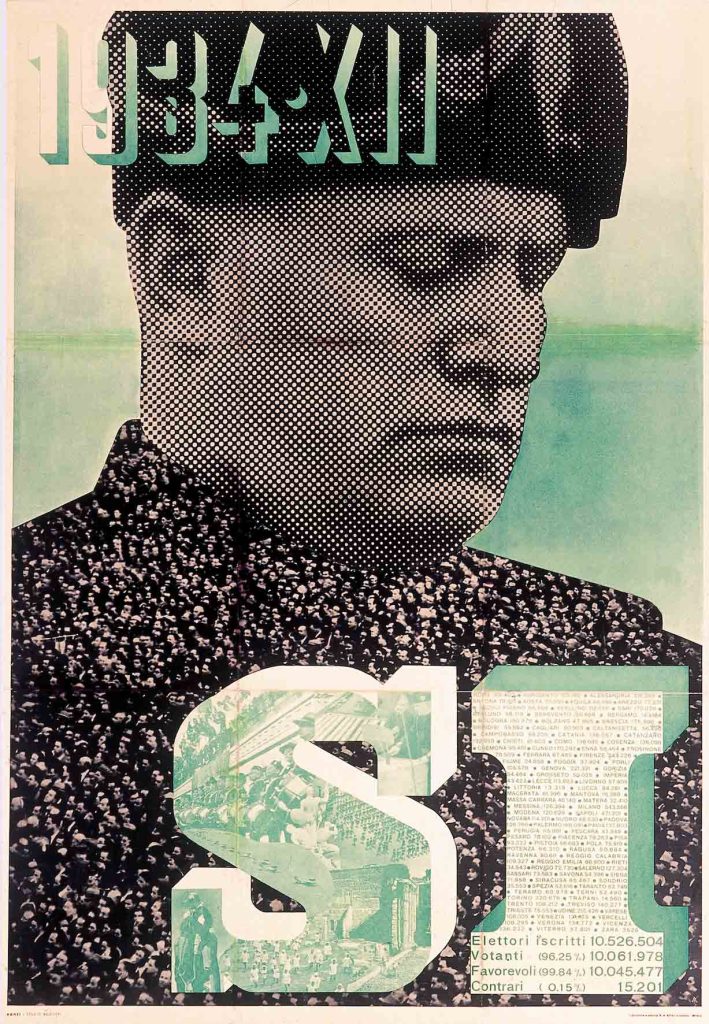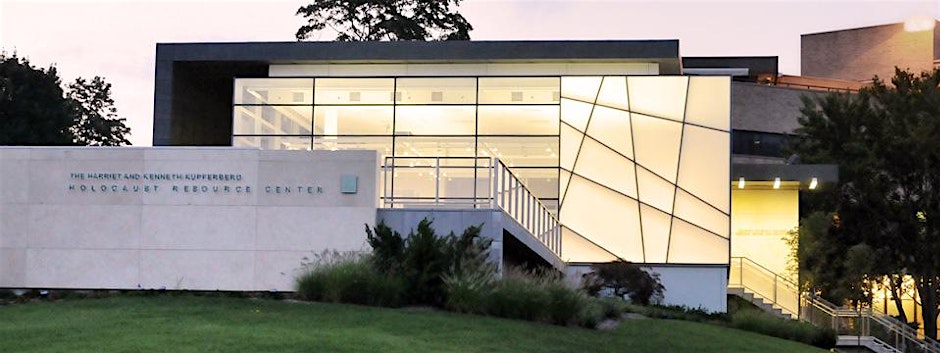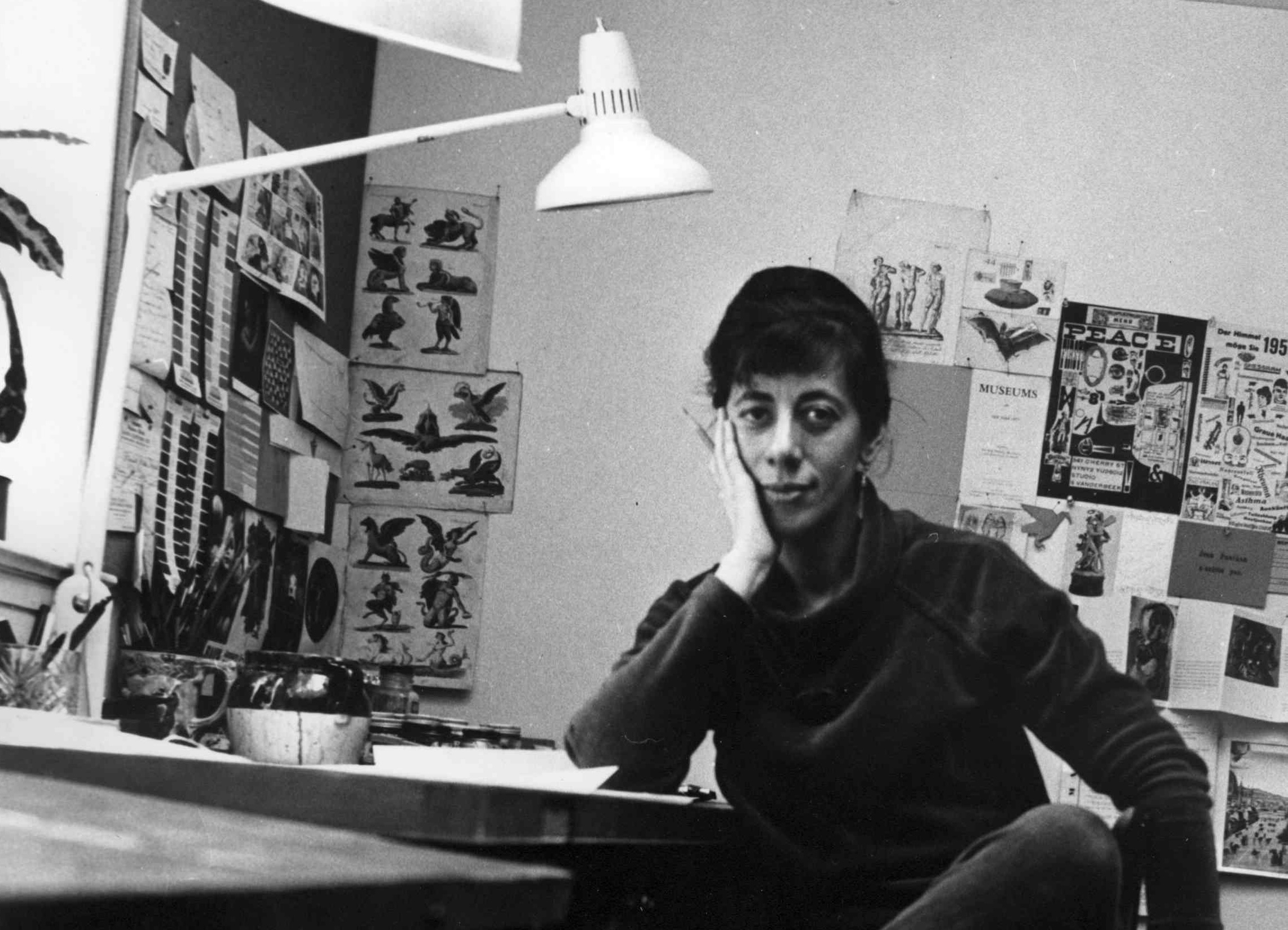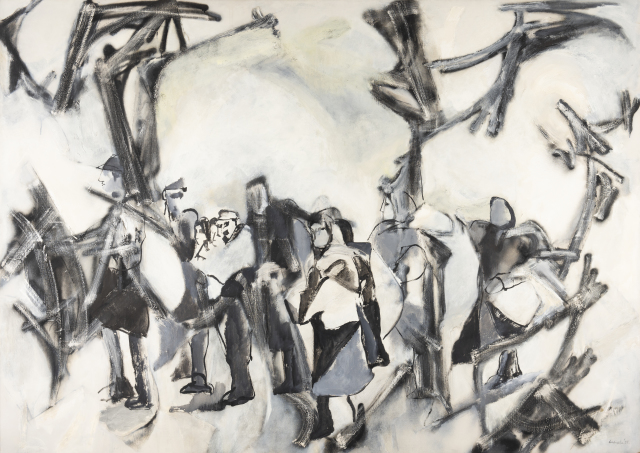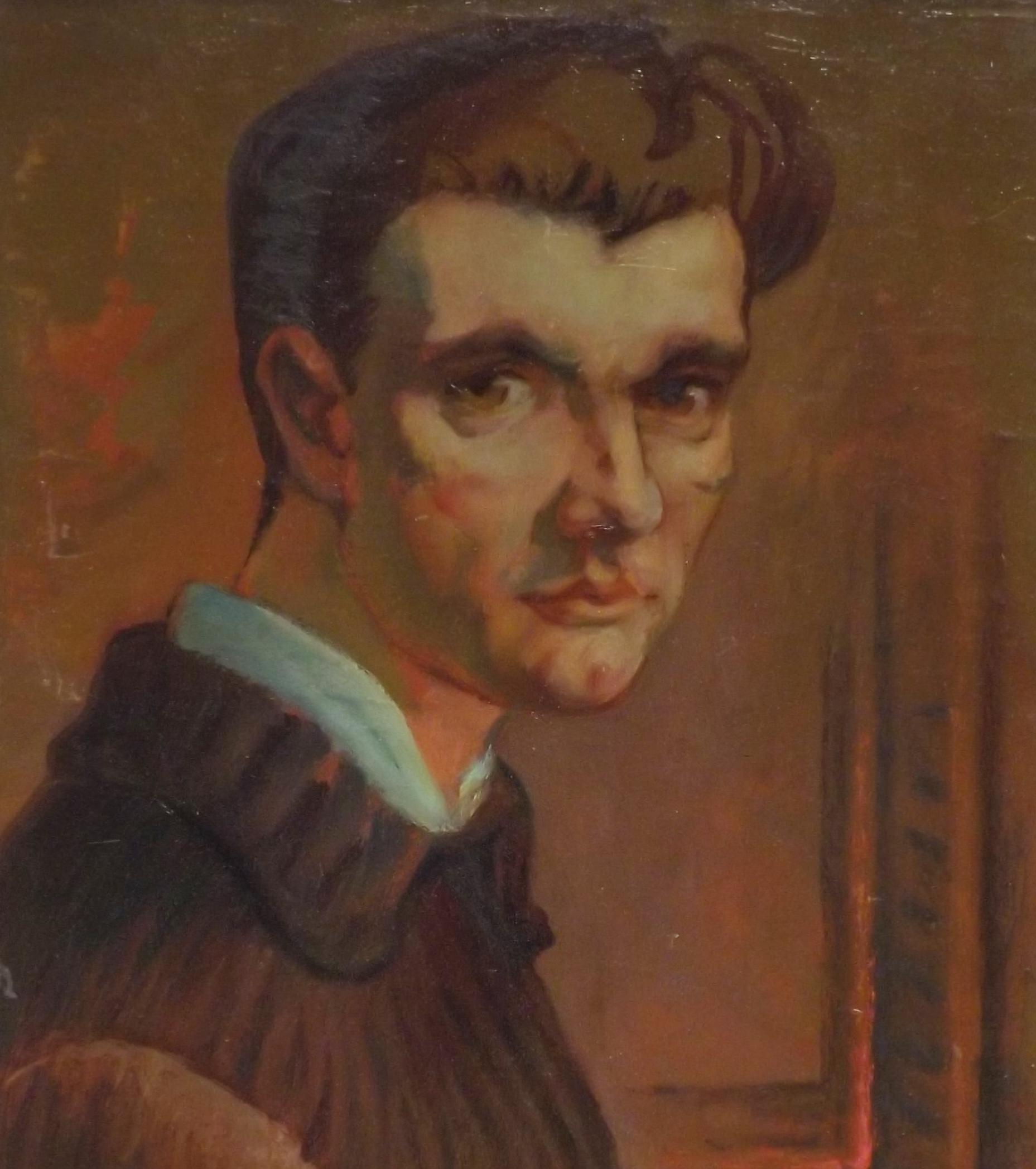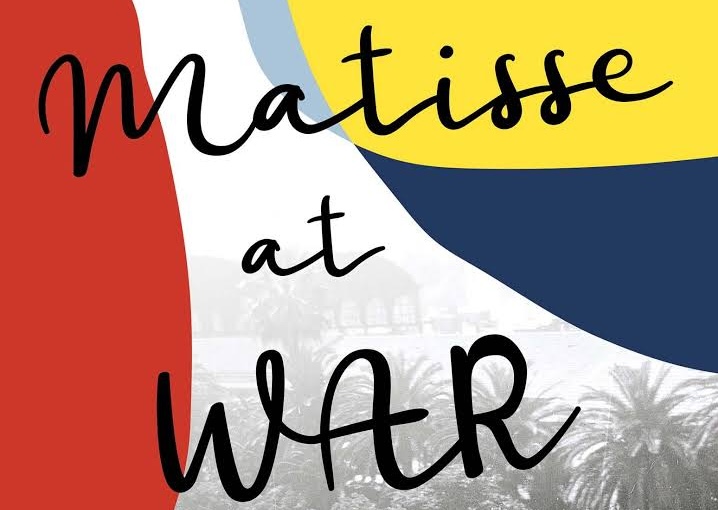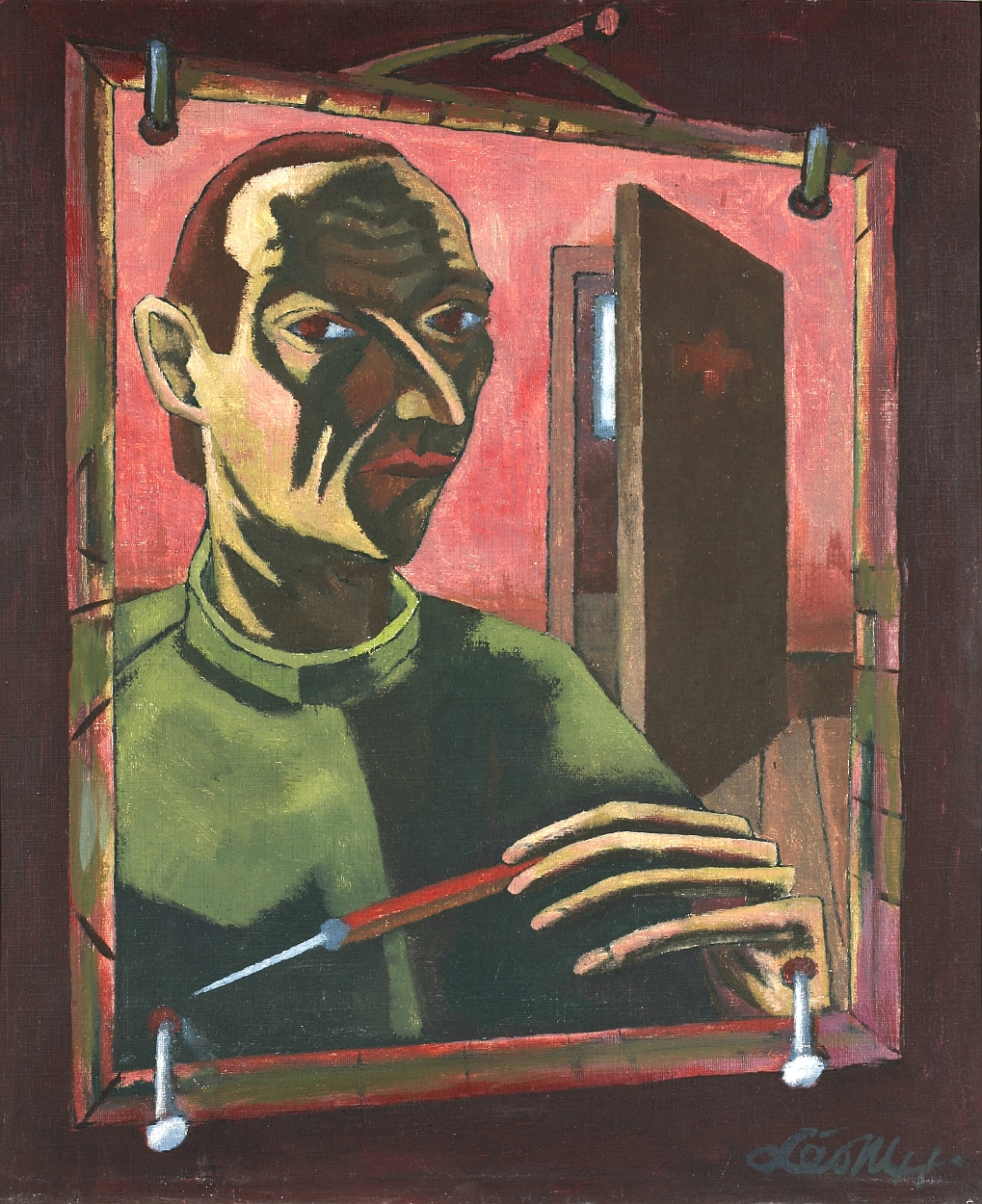Under Il Duce’s Shadow:
Italian Art and Artists During the Fascist Regime
Presentation by Nicola Lucchi, PhD (New York)
Italian artistic life under Mussolini was defined less by rigid prescriptions than by a continuous negotiation between competing aesthetic and political demands. Italy, the birthplace of Futurism, had long experimented with modernist innovation, and elements of that movement’s rhetoric and visual language found sympathetic audiences within the fascist state. At the same time, powerful factions within the regime promoted a return to classicism, academicism, and the revival of Italy’s artistic past. The government’s cultural policy therefore oscillated between these poles, attempting to reconcile—and ultimately absorb—contradictory artistic currents into the fascist body politic. Image above: Xanti Schawinsky, Sì , 1934. REGISTER HERE Xanti Schawinsky, Sì , 1934 (Courtesy Fondazione Massimo e Sonia [...]


